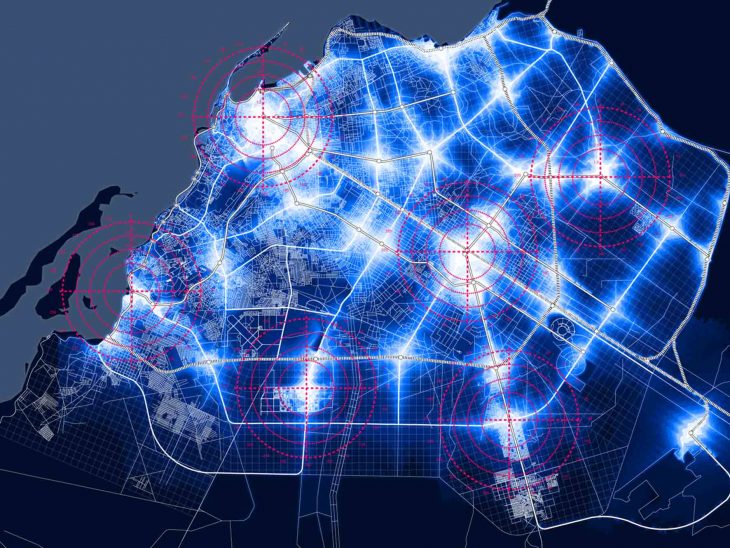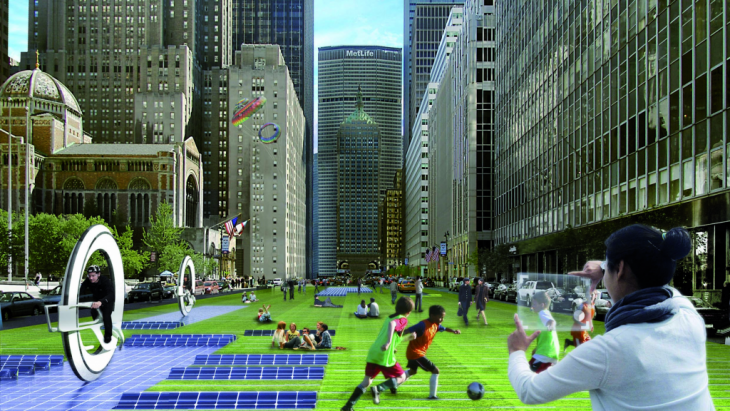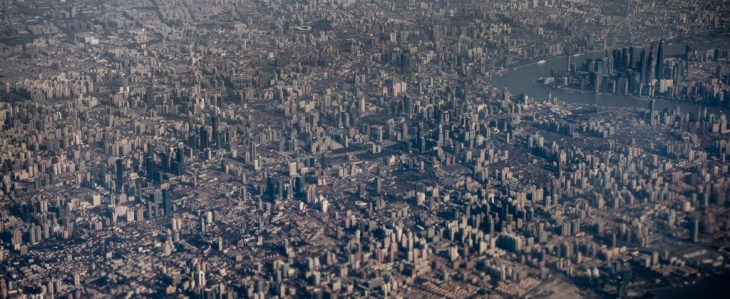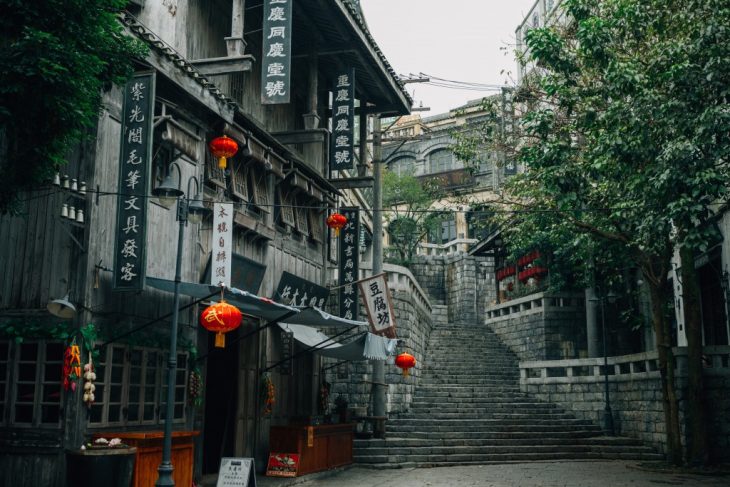IAAC
Master in City & Technology
City as a service – Transformative Solutions at the Intersections of Mobility and Planning
Lecturers:
Dr. Kathrin DiPaola (Urban Standards)
kathrin.dipaola@urban-standards.com
Julius Streifeneder (Urban Standards)
julius.streifeneder@urban-standards.com
Christian Gärtner (Urban Standards)
christian.gaertner@urban-standards.com
Federico Parolotto (Mobility in Chain)
parolotto@michain.com
Francesca Arcuri (Mobility in Chain)
arcuri@michain.com
Sebastiano Scacchetti (Mobility in Chain)
scacchetti@michain.com
Alex Mademochoritis
alex.mademochoritis@iaac.net
Course Description
Abstract:
This hands-on course with a real-life lab part in Shanghai primarily investigates the close relationship and fields of opportunities between mobility at large and urban planning specifically.
Focus will be placed on different tools, multi-scale methods as well as cultural theories that allow for a more differentiated approach to meet the needs of current and future mobility.

Mobility In Chain – Metropolitan Plan of Luanda
The physical experience of movement is likely the most impressive indicator of Shanghai’s fast pace developments on all levels: population growth, economic growth, innovation potential, and overall transformative change. The city is buzzing with people, moving vehicles of all sorts, highways, transport hubs, construction equipment, sounds, and scents. One only has to take a short stroll through the city’s largest underground interchange under People’s Square to immediately understand the tremendous possibilities but also the devastating stresses this growing metropolis is subjecting its inhabitants to every day.

Urban Standards – Audi Urban Future Awards 2012
It is predicted that car ownership will go up to 2,5 Million by 2020 and the daily motor vehicle trips will increase to seven million compared to just over three million in 2000. The metro system’s capacity is assumed to go up from a daily capacity of 1,4 million to 10 million in the next two years. At the same time, the actual amount of available tarmac or road space is finite and cannot grow exponentially and the question of re-appropriating the surrounding farmland to allow for infrastructural growth has turned into a heated side battlefield in the war for space, where growing desires, traditional thinking, and the hunger for rapid technological transformations clash at a breathtaking speed.
It is precisely the dissonance between Eastern precolonial cultural traditions, colonial Western planning methods, and the new postcolonial, tech driven demand transformation that renders Shanghai a perfect test bed for finding the pace for the urban mobility of the future in China.

The focus of this course is to get a deep understanding for Shanghai’s movement challenges from a planning perspective on the one hand and the related socio-cultural implications on the other. Using – for those who will be interested in – high tech traffic simulation and modeling tools and pairing them with demand analyses methods, GIS analysis and ‘soft’ cultural approaches, students will explore ways to generate user and context specific insights and develop integrated solutions that merge transport/traffic and urban planning (from an individual sidewalk to the dissection of an entire city district) with service design and strategy thinking.
 In particular, students will be facing the challenging task of exploring the mobility related implications of a urban redevelopment project at the “Red Square Culture and Art Community”, a former 50k m2 industrial area in the heart of downtown Shanghai, nested into a nearly 1mln m2 broader neighbourhood enriched in its complexity by the presence of a CBD, an area of historical heritage and a interchange hub of primary relevance at urban scale.
In particular, students will be facing the challenging task of exploring the mobility related implications of a urban redevelopment project at the “Red Square Culture and Art Community”, a former 50k m2 industrial area in the heart of downtown Shanghai, nested into a nearly 1mln m2 broader neighbourhood enriched in its complexity by the presence of a CBD, an area of historical heritage and a interchange hub of primary relevance at urban scale.
 The students will explore how the future mobility plans of Shanghai can be dynamically and responsively optimised through the use of real time data and systemic analyses of the application of ICT in massive urban environments. At the same time, their research and projects will be based on a deep reflection and analysis of the introduction of future mobility technologies in Shanghai’s urban fabric, such as A.I mobility infrastructures, self-driving vehicles, multimodal public & private transportation, self-sustainable shared transportation models and autonomous public transportation fleets.
The students will explore how the future mobility plans of Shanghai can be dynamically and responsively optimised through the use of real time data and systemic analyses of the application of ICT in massive urban environments. At the same time, their research and projects will be based on a deep reflection and analysis of the introduction of future mobility technologies in Shanghai’s urban fabric, such as A.I mobility infrastructures, self-driving vehicles, multimodal public & private transportation, self-sustainable shared transportation models and autonomous public transportation fleets.
The project site will allow the students, thanks to its variety of scales, identities and dynamics coexisting in the same ecosystem, to choose the analytic tools and the communication mode that would best suit their skills and learning goals, while promoting the rise of a structured and critical approach to transport and –more broadly – mobility planning.
No special course requirements.